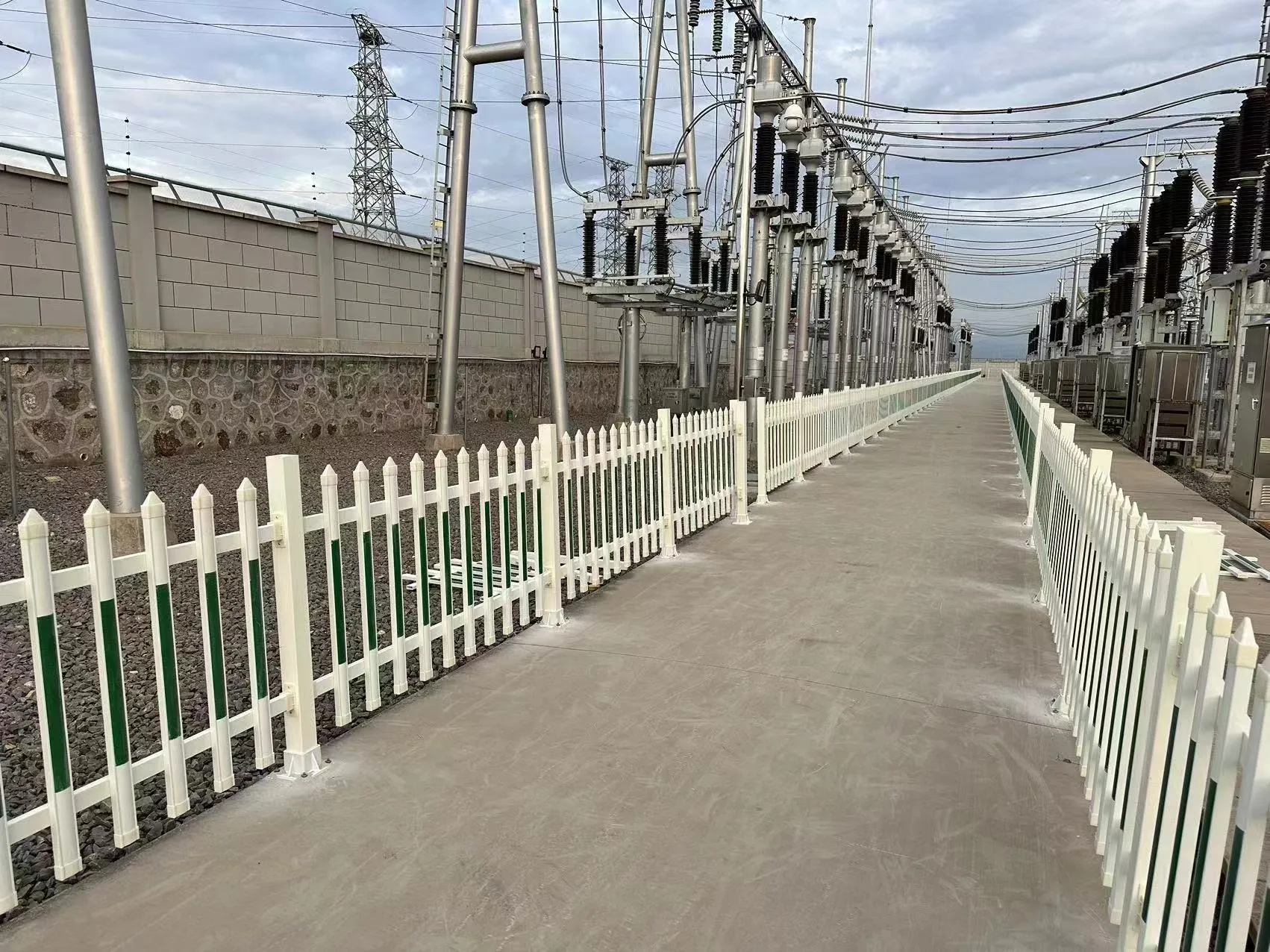loading...
- No. 9, Xingyuan South Street, Dongwaihuan Road, Zaoqiang County, Hengshui, Hebei, China
- admin@zjcomposites.com
- +86 15097380338
- Welcome to visit our website!
frp pultruded profiles
Understanding FRP Pultruded Profiles A Breakthrough in Structural Materials
Fiber Reinforced Polymer (FRP) pultruded profiles have emerged as a significant advancement in materials science and engineering, offering a lightweight yet robust alternative for various applications in construction, transportation, and other demanding environments. This article delves into the characteristics, manufacturing processes, applications, and advantages of FRP pultruded profiles, highlighting their growing importance in today's industrial landscape.
What are FRP Pultruded Profiles?
FRP is a composite material made by reinforcing a polymer matrix with fibers, which can be made from glass, carbon, aramid, or natural fibers. The pultrusion process involves the continuous production of these profiles, where the raw materials are pulled through a heated die, curing the polymer and forming the desired shape. This manufacturing method allows for the creation of complex shapes with consistent quality, strength, and durability.
Key Characteristics
FRP pultruded profiles exhibit several standout features
1. Lightweight One of the most significant advantages of FRP is its low density compared to traditional materials like steel or aluminum. This makes it easier and more cost-effective to transport and install.
2. Corrosion Resistance FRP is highly resistant to corrosive environments, including chemicals, saltwater, and UV radiation. This property enhances the longevity of structures and reduces maintenance costs.
3. High Strength-to-Weight Ratio The strength of FRP profiles is remarkable. They are capable of supporting heavy loads without the bulk, making them ideal for structural applications.
4. Non-Conductive FRP materials do not conduct electricity, making them safe for use in electrical applications and environments where electrical insulation is crucial.
5. Design Flexibility The pultrusion process allows for the production of custom shapes and sizes, enabling engineers and designers to optimize designs for specific applications.
Manufacturing Process
FRP pultruded profiles are created using a continuous manufacturing process that ensures efficiency and consistency. The steps include
2. Pultrusion The resin-soaked fibers are drawn through a heated die, where the temperature activates the curing process. The die shapes the material into the desired cross-section.
frp pultruded profiles

3. Cutting and Finishing Once pulled through the die, the cured profile is cut to specified lengths. Finishing processes may include sanding, drilling holes, or surface treatments to enhance properties like aesthetics or slip resistance.
Applications of FRP Pultruded Profiles
The versatility of FRP pultruded profiles allows for their application across various industries
1. Construction FRP profiles are used in structural applications such as beams, columns, and bridge components. Their lightweight nature reduces the need for heavy machinery during installation.
2. Transportation In marine and automotive applications, FRP is utilized for components that require strength and resistance to harsh environments, contributing to vehicle efficiency and longevity.
3. Electrical and Telecommunications With their insulating properties, FRP profiles are used for utility poles, cable trays, and supports in telecommunication towers.
4. Water and Wastewater Management FRP profiles are ideal for piping systems and walkways in treatment plants due to their corrosion resistance.
Advantages of Using FRP Pultruded Profiles
The shift towards FRP materials in various sectors is propelled by numerous advantages
- Cost-Effectiveness While initial costs may be higher compared to traditional materials, the overall lifecycle costs are lower due to reduced maintenance and replacement needs.
- Environmental Sustainability FRP profiles can be manufactured using sustainable materials, and their durability contributes to less waste.
- Enhanced Safety Their lightweight and non-corrosive properties make FRP profiles safer for workers and users in various applications.
Conclusion
In conclusion, FRP pultruded profiles represent a significant innovation in construction and industrial applications. Their unique properties, coupled with the efficient pultrusion manufacturing process, open up new possibilities in design and utility. As industries continue to seek sustainable and cost-effective materials, FRP profiles are poised to play an increasingly vital role in shaping the infrastructure of the future. With their versatility and strength, FRP pultruded profiles are not just a trend; they are a transformational element in modern engineering and construction practices.
-
Transform Your Spaces with FRP Grating SolutionsNewsNov.04,2024
-
The Versatility and Strength of FRP RodsNewsNov.04,2024
-
The Excellence of Fiberglass Water TanksNewsNov.04,2024
-
The Benefits of FRP Grating for Your ProjectsNewsNov.04,2024
-
Elevate Your Efficiency with FRP Pressure VesselsNewsNov.04,2024
-
Welcome to the World of FRP Pressure VesselsNewsOct.12,2024
-
Unveiling the Future of Filtration: Why FRP Filter Vessels are a Game ChangerNewsOct.12,2024
